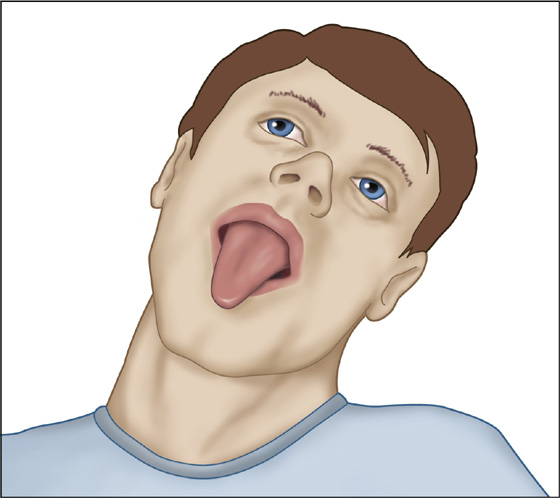
Figure 1-1 Patient with dystonic drug reaction.
What To Do:
 Administer 1 to 2 mg of benztropine (Cogentin) or 25 to 50 mg of diphenhydramine (Benadryl) IV, and watch for improvement of the dystonia over the next 5 minutes. Usually, the medication begins to work within 2 minutes of intravenous administration, and the symptoms completely resolve within 15 minutes. This step is both therapeutic and diagnostic. Benztropine produces fewer side effects (mostly drowsiness) and may be slightly more effective, but diphenhydramine is more likely to be on hand in the ED or physician’s office. Benztropine may be given to children older than 3 years of age at the dose of 0.01 to 0.02 mg/kg IV, IM, or PO.
Administer 1 to 2 mg of benztropine (Cogentin) or 25 to 50 mg of diphenhydramine (Benadryl) IV, and watch for improvement of the dystonia over the next 5 minutes. Usually, the medication begins to work within 2 minutes of intravenous administration, and the symptoms completely resolve within 15 minutes. This step is both therapeutic and diagnostic. Benztropine produces fewer side effects (mostly drowsiness) and may be slightly more effective, but diphenhydramine is more likely to be on hand in the ED or physician’s office. Benztropine may be given to children older than 3 years of age at the dose of 0.01 to 0.02 mg/kg IV, IM, or PO.
 Instruct the patient to discontinue use of the offending drug and arrange for follow-up if medications must be adjusted. If the culprit is long acting, prescribe benztropine 2 mg or diphenhydramine 25 mg PO q6h for 24 to 72 hours to prevent a relapse.
Instruct the patient to discontinue use of the offending drug and arrange for follow-up if medications must be adjusted. If the culprit is long acting, prescribe benztropine 2 mg or diphenhydramine 25 mg PO q6h for 24 to 72 hours to prevent a relapse.
What Not To Do:
 Do not do any diagnostic workup when findings are typical. Administer benztropine or diphenhydramine first to see if symptoms completely resolve.
Do not do any diagnostic workup when findings are typical. Administer benztropine or diphenhydramine first to see if symptoms completely resolve.
 Do not confuse dystonia with tetanus, seizures, stroke, hysteria, psychosis, meningitis, or dislocation of the mandible. None of these will resolve with IV benztropine or diphenhydramine.
Do not confuse dystonia with tetanus, seizures, stroke, hysteria, psychosis, meningitis, or dislocation of the mandible. None of these will resolve with IV benztropine or diphenhydramine.
 Do not persist with treatment if the response is questionable or there is no response. Continue with the workup to find another cause for the dystonia (e.g., tetanus, seizures, hypomagnesemia, hypocalcemia, alkalosis, muscle disease).
Do not persist with treatment if the response is questionable or there is no response. Continue with the workup to find another cause for the dystonia (e.g., tetanus, seizures, hypomagnesemia, hypocalcemia, alkalosis, muscle disease).
 Do not use IV diazepam first because it relaxes spasms resulting from other causes and thus leaves the diagnosis unclear.
Do not use IV diazepam first because it relaxes spasms resulting from other causes and thus leaves the diagnosis unclear.
Dystonic reactions have been reported in 10% to 60% of patients treated with a neuroleptic medication, most commonly when patients just start or increase the dose of the drug. Patients with a family history of dystonia, patients with recent use of cocaine or alcohol, younger patients, male patients, and patients already being treated with agents such as fluphenazine or haloperidol are at higher risk for dystonic reaction.
Dystonia is idiosyncratic, not the result of a drug overdose. The extrapyramidal motor system depends on excitatory cholinergic and inhibitory dopaminergic neurotransmitters, the latter being susceptible to blockage by phenothiazine and butyrophenone medications. Anticholinergic medications restore the excitatory–inhibitory balance. One IV dose of benztropine or diphenhydramine is relatively innocuous, rapidly diagnostic, and probably justified as an initial step in the treatment of any patient with a dystonic reaction. IM administration may take as long as 30 minutes before an effect is seen.

Full access? Get Clinical Tree



